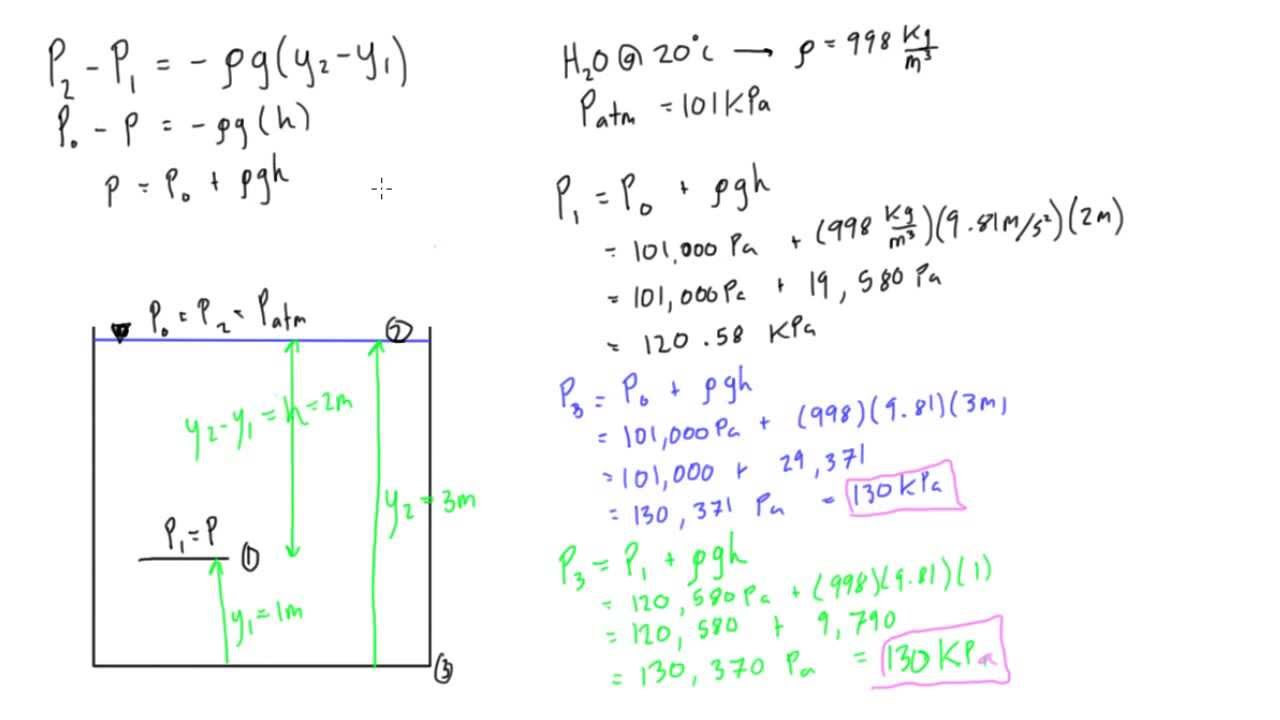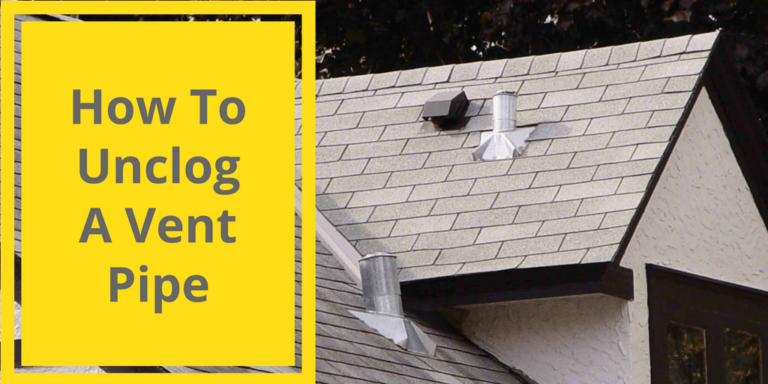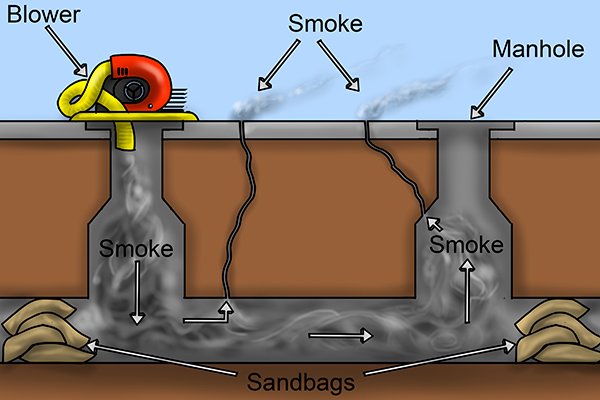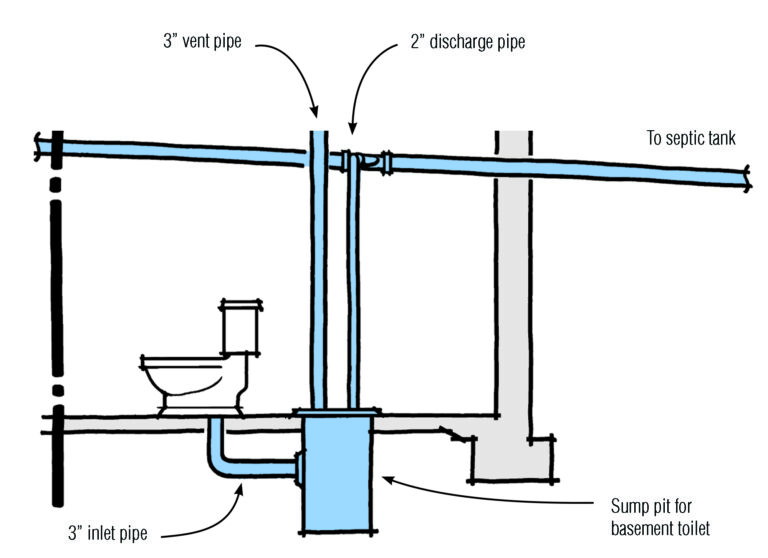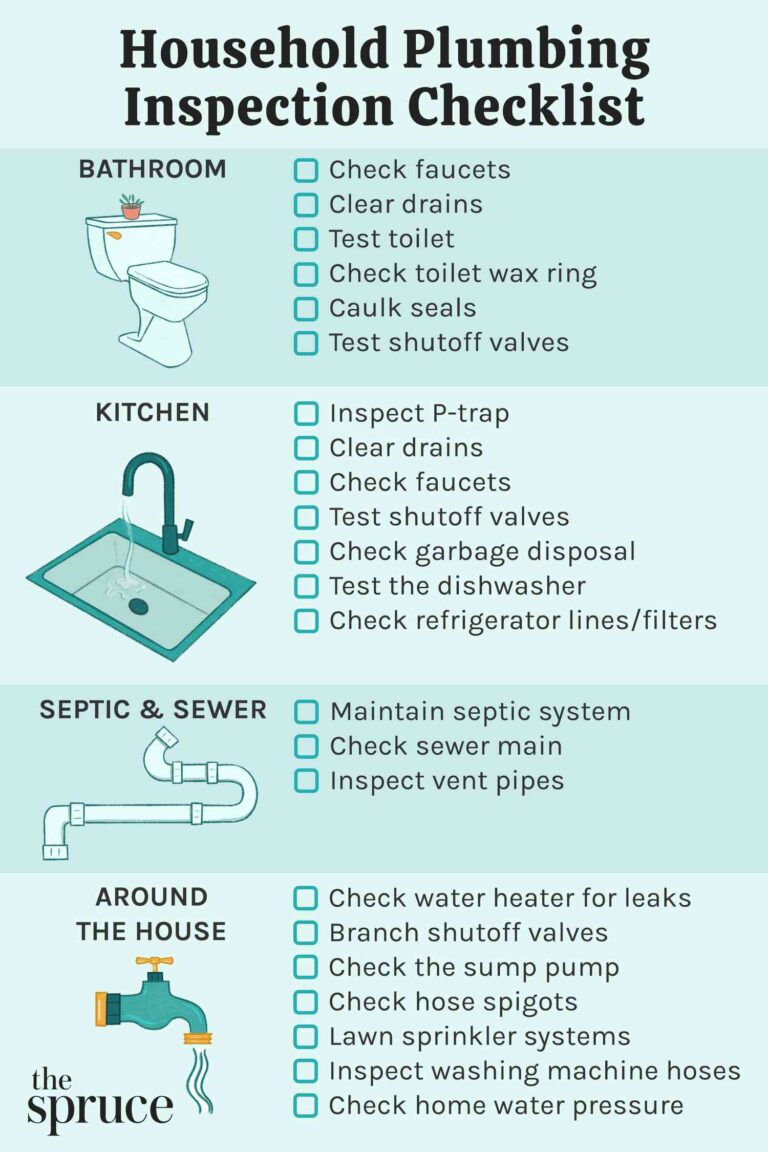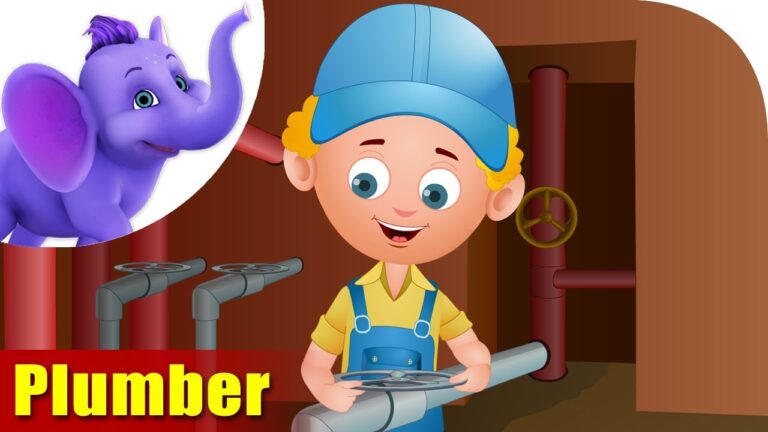How To Calculate Water Pressure?
Water pressure is an important measure of the force of water pushing against a pipe, tank, or other container. Knowing how to calculate water pressure can be useful in a variety of situations, such as when designing a plumbing system or troubleshooting existing plumbing issues. There are several methods you can use to calculate water pressure, depending on the situation. This guide will discuss the different methods and provide step-by-step instructions on how to calculate water pressure.

What is Water Pressure?
Water pressure is a measure of the force with which water is pushed through pipes, pumps, and other plumbing equipment. It is typically measured in pounds per square inch, or PSI. When you understand how to calculate water pressure, you can better determine the necessary water flow and pressure needed for your specific application. Understanding water pressure can help you troubleshoot and prevent costly plumbing issues.
When calculating water pressure, it is important to consider the source of the water. For water coming from a municipal supply or a well, the pressure is typically around 50 PSI. However, if the water is coming from a storage tank or a pressure tank, the pressure could be much higher. Knowing the source of the water is essential in order to calculate the appropriate pressure.
In addition to the source of the water, the pressure of the water is also affected by the size and type of the pipe. For example, a larger pipe will have less pressure than a smaller one, and a flexible pipe will have less pressure than a rigid pipe. Therefore, the size and type of pipe must be taken into account when calculating water pressure.
Once you have taken into account the source of the water and the size and type of the pipe, you can then calculate the pressure of the water. This can be done using the formula P = W/A, where P is the pressure, W is the weight of the water, and A is the area of the pipe. By understanding how to calculate water pressure, you can prevent plumbing problems and ensure that your water pressure is sufficient for your application.
Factors That Affect Water Pressure
Having good water pressure is essential for many households. Knowing how to calculate water pressure can help you determine if you have sufficient water pressure for your needs. There are several factors that can influence your water pressure, including elevation, pipe diameter, water temperature, and the type of water system.
Elevation is a major factor when it comes to water pressure. The higher the elevation, the higher the pressure. This is because the pressure of the water increases as it moves from a high elevation to a lower one. When considering the elevation of your home, it is important to factor in the distance between your home and the source of the water.
The diameter of the pipes used to transport water can also affect the water pressure. Larger pipes allow for more water to flow through them, increasing the pressure. The type of material used to make the pipes can also play a role in the water pressure. For example, metal pipes are more efficient than plastic pipes, which can be prone to clogging.
The temperature of the water can also influence water pressure. Cold water is more dense and, therefore, exerts more pressure than warm water.
Finally, the type of water system you have in your home can affect water pressure. If you have a gravity-fed system, the water pressure will depend on the height of the tank and the distance between the tank and your home. If you have a pressurized system, the pressure will depend on the size of the pump and the amount of water it is supplying.
By understanding these factors and how they affect water pressure, you can better calculate the pressure in your home. This will allow you to determine whether or not you have enough pressure for your needs and, if not, take the necessary steps to increase it.
Measuring Water Pressure
Calculating water pressure is an important process for anyone with a plumbing system. It’s important to understand the difference between static and dynamic water pressure, as well as how to measure it accurately. In this article, we’ll look at the various methods of measuring water pressure, including using a pressure gauge, water pressure test kit, and manometer. We’ll also explain the factors that affect water pressure and provide tips for maintaining a consistent water pressure level. Finally, we’ll discuss the implications of high or low water pressure and how to address them. With this knowledge, you’ll be better equipped to keep your plumbing system running at its best.
Calculating Water Pressure
Water pressure is a key factor in maintaining the flow of water through a given area. It is important to understand how to calculate water pressure in order to better manage the water supply in a given area. Calculating water pressure is relatively straightforward and involves a few simple steps.
First, measure the height of the water column in relation to the source of water pressure. This is typically done using a simple device called a manometer, which measures the difference in pressure between two points. Once the height of the water column is known, the water pressure can be calculated using the formula: pressure = density x gravity x height.
Next, calculate the total water pressure, which is the measure of the force of the water pushing against the walls of the pipe. This is done by multiplying the pressure (from the previous step) by the cross-sectional area of the pipe. This gives an indication of the total water pressure for a given pipe.
Finally, consider the type of fluid being used. Different fluids have different densities, so it is important to take this into account when calculating the water pressure. This can easily be done by multiplying the pressure by the density of the fluid being used.
By following these steps, it is easy to calculate water pressure and gain a better understanding of the flow of water in a given area. This can help to ensure that the water supply is properly managed and that the water pressure is not too high or too low.
Benefits of Knowing Water Pressure
Knowing how to calculate water pressure can be beneficial for a variety of reasons. From understanding the power of a showerhead to checking for plumbing issues, understanding water pressure can help you make informed decisions.
Water pressure is determined by the amount of water available to the area, the elevation of the area, and the size of the pipes. It is also affected by the amount of water used, the age of the pipes, and the functioning of the water system. Knowing the water pressure can help you determine the flow rate and pressure of your shower and other fixtures.
In addition to helping you understand the power of your plumbing fixtures, understanding water pressure can also help you detect plumbing issues. Low water pressure can be caused by a variety of problems, such as clogged pipes, corroded pipes, or a malfunctioning water system. If you are aware of the water pressure, you can detect any changes and address the issue quickly.
Knowing the water pressure can also help you save money on plumbing and water bills. Low pressure can lead to inefficient water usage, since more water is needed to achieve the desired effect. With the right water pressure, you can save money and water.
Overall, understanding the water pressure can provide a variety of benefits. From understanding the power of a showerhead to detecting plumbing issues, knowing how to calculate water pressure can help you make informed decisions and save money.
Potential Risks of High Water Pressure
Water pressure is a necessary element of every household plumbing system. However, too much pressure can cause damage to the system and can even be dangerous. High water pressure can cause damage to pipes, fixtures, and other parts of the plumbing system, leading to costly repairs. It can also create an unsafe situation, as higher pressure can lead to leaks, bursts, and even flooding.
To protect your system and ensure safety, it’s important to calculate your water pressure. Here, we’ll explain how to calculate water pressure and discuss the potential risks of high water pressure.
When water pressure is too high, it can become a hazard. Pipes, fixtures, and other parts of the plumbing system are designed to withstand a certain amount of pressure. When the pressure exceeds the threshold, it can cause pipes to burst and fixtures to break. In addition, high pressure can create a water leak risk, which can lead to significant water damage and costly repairs.
High water pressure can also lead to a decrease in water pressure. When too much pressure is applied to the system, it can cause a decrease in the available water pressure. This can result in a reduction in water flow and water pressure levels that are too low for the system to function properly.
To ensure your system is functioning safely and efficiently, it is important to calculate water pressure. We’ll discuss how to do this in the next section.
FAQs About the How To Calculate Water Pressure?
1. What variables affect water pressure?
Answer: The pressure of water is affected by several variables, including the height of the water, the diameter of the pipe, and the volume of water moving through the pipe.
2. How do I convert water pressure from PSI to kPa?
Answer: To convert from PSI to kPa, multiply the pressure in PSI by 6.89476.
3. What is the formula for calculating water pressure?
Answer: The formula for calculating water pressure is P = (ρgh), where P is the pressure, ρ is the density of the water, g is gravity, and h is the height of the water.
Conclusion
Calculating water pressure is a straightforward process that anyone can do with the right tools and knowledge. Knowing how to calculate water pressure accurately is important for many reasons, such as when designing plumbing systems or understanding the behavior of water in a certain environment. By understanding the components of water pressure, including pressure head, specific gravity, and atmospheric pressure, and knowing how to calculate them, you can accurately measure water pressure in different situations.

